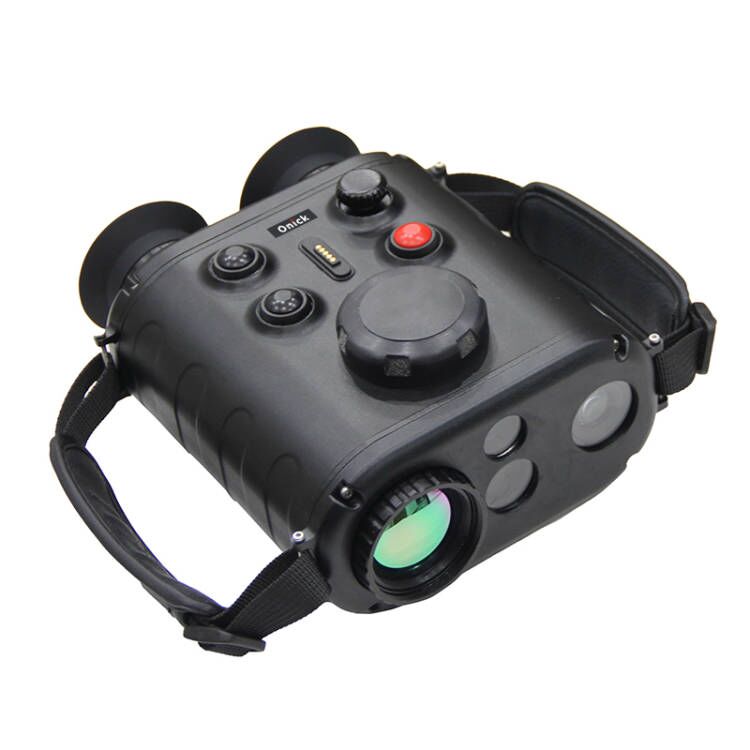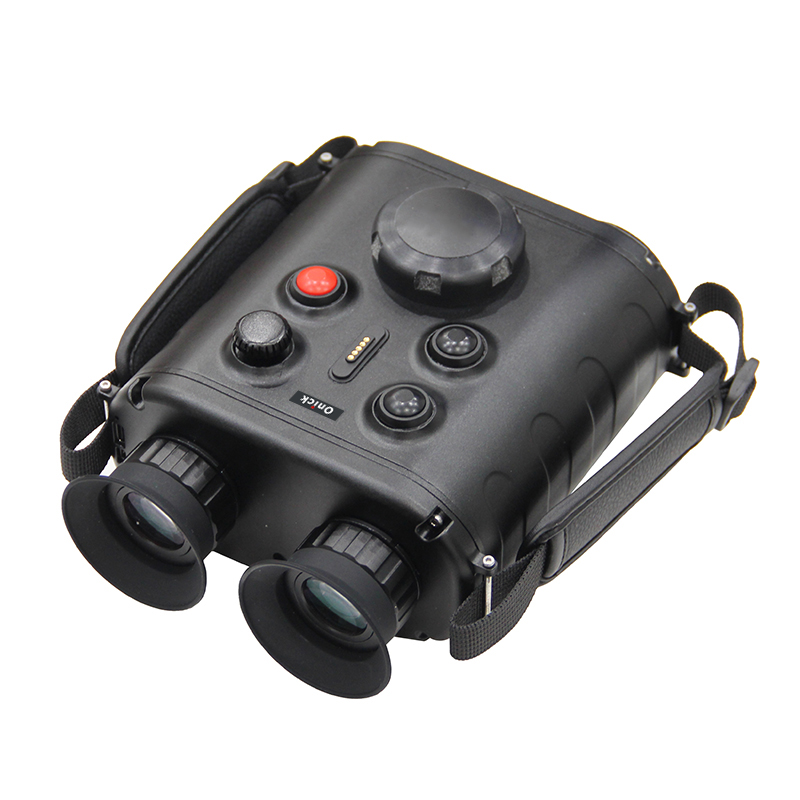Currently, civilian thermal imagers cannot penetrate walls to monitor others, so you can rest easy. Only military thermal imagers can achieve this, and they are not available for sale. While civilian thermal imagers cannot penetrate walls, there are some that can achieve low-light penetration, such as the Guide GL-25B.
Thermal imaging and low-light-level imaging are two typical night vision technologies, primarily used to observe surrounding conditions in dark environments with minimal or no visible light. Infrared imaging uses infrared light, invisible to the naked eye, radiated or reflected by objects to form an image on a photosensitive element, which is then displayed electronically. Since no object can reach absolute zero (-273 degrees Celsius), all objects have infrared radiation properties. However, infrared radiation, like visible light, has a longer wavelength and a spectrum outside the red wavelength. Therefore, visible light cannot penetrate opaque walls, and neither can infrared radiation. Only high-energy particles (in the far ultraviolet) can penetrate walls. The shorter the wavelength, the greater the penetration. For example, X-rays can penetrate the human body, alpha particles can pass through steel plates of a certain thickness, and neutron beams can even penetrate heavy metal!

Onick RE650 Handheld Three-Light Thermal Imaging Observer
The Onick RE650 is a handheld three-light thermal imaging observation and reconnaissance device equipped with a TV camera, an uncooled infrared thermal imager, a laser rangefinder, GPS, and an electronic compass. It provides all-weather reconnaissance and target location services day and night. It boasts excellent infrared imaging, a compact and lightweight design, low power consumption, simple controls, and a lightweight, portable design with a comfortable grip. It utilizes a high-resolution infrared sensor, offering excellent infrared imaging, ultra-low power consumption, fast startup, simple controls, and a compact and stable structure. Main Functions:
1. Infrared and white light imaging, binocular observation, image and video storage;
2. Electronic zoom: 1.0× to 8.0×, stepless, in 0.1× increments;
3. Laser ranging, Beidou positioning, compass orientation, target location, and trajectory calculation;
4. Reserved expansion ports for external humidity sensors, anemometers, etc.;
5. Fog penetration, roll angle, pitch angle, altitude, and air pressure sensors, as well as fault diagnosis functions;
6. AI recognition of people and vehicles; lock and identify drones;

Application Areas
Suitable for low-altitude economic operations, emergency rescue, counter-terrorism, reconnaissance, border defense, drug control, night vision, border patrol, border inspection station monitoring, water search and rescue, prison monitoring, night vision patrols, and epidemic prevention.
This shows that your concerns are unnecessary. Infrared cannot see through walls, and the image is infrared-specific. The hotter the area, the brighter the image, completely different from what you normally see!
If you want to know more about fusion night vision goggles, infrared thermal imaging scopes, etc., please feel free to contact us.